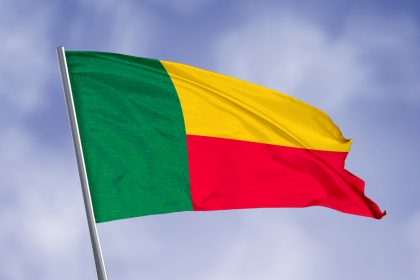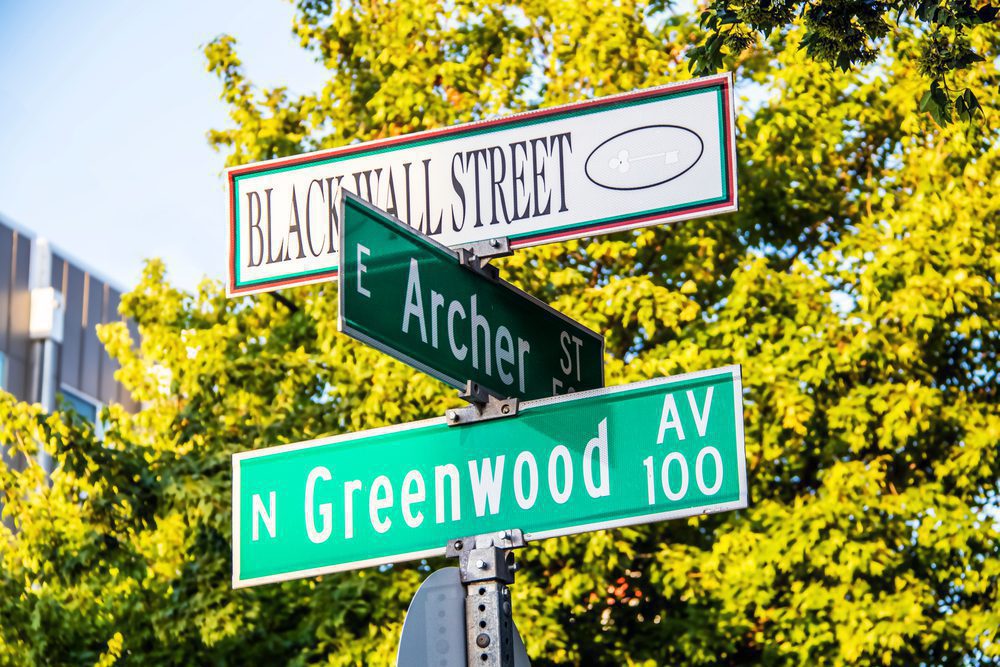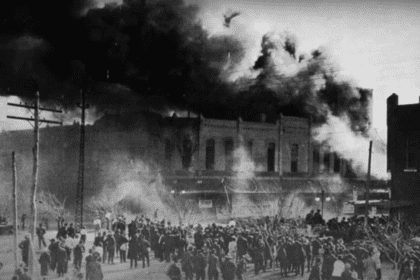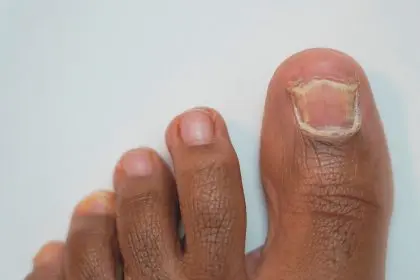
More than a dozen universities — including Brown, Harvard and the University of Virginia — have publicly recognized their ties to slavery and the slave trade. But Craig Steven Wilder and Alfred L. Brophy, two historians who have studied universities and slavery, said they knew of none that had offered preferential status in admissions to the descendants of slaves.
Nearly two centuries after Georgetown University profited from the sale of 272 slaves, president John DeGioa has taken unprecedented steps toward atonement. The university will offer an advantage in admissions to descendants of all slaves who labored for Georgetown similar to that offered to the children and grandchildren of alumni.
DeGioia also plans to offer a formal apology, create an institute for the study of slavery, and erect a public memorial to the slaves whose labor benefited the institution, including those who were sold in 1838 to help keep the university afloat. Two campus buildings will also be renamed, one for an enslaved Black man, and the other for a Black educator who belonged to a Catholic religious order.
Contrary to the possibility mentioned by the university committee recommendations released Thursday morning, the plan does not include scholarships for slave descendants. The committee, however, stopped short of calling on the university to provide such financial assistance, as well as admissions preference.
“It goes farther than just about any institution,” Massachusetts Institute of Technology professor Craig Steven Wilder said, according to the New York Times. “I think it’s to Georgetown’s credit. It’s taking steps that a lot of universities have been reluctant to take.”
The meaningfulness of the initiative depends on the degree to which Georgetown invests in identification, outreach, and recruitment of slave descendants to the university.
“The question of how effective or meaningful this is going to be will only be answered over time,” Wilder said.
Georgetown, which was founded and run by Jesuit priests in 1789, relied on the Jesuit plantations in Maryland — and the sale of produce and slaves — to finance its operations. The 1838 sale, worth about $3.3 million in today’s dollars, was used to help pay off Georgetown’s debts at a time when the college was struggling financially. The slaves were uprooted from the Maryland plantations and shipped to estates in Louisiana as part of the massive-but-little-known Slave Trail of Tears.
According to the Smithsonian Institute, The Slave Trail of Tears was a forced resettlement 20 times longer than the similarly-named “Indian removal” campaigns of the 1830s that drove Native Americans out of Southern states. Bigger than the 19th century immigration of 500K Jews into the United States, this migration lasted longer and included more people than any other migration prior to 1900.
In its 102-page report, the committee said that the university’s dependence on slavery was deeper and broader than originally believed. DeGioia plans to establish a working group that will include descendants for the creation of the public memorial.
A descendant of slaves sold in 1838, Karran Harper Royal appreciates the decision, but said the initiatives fell short of the scholarship offers descendants had hoped for. She also took offense at not being formally invited to DeGioia’s speech.
“It has to go much farther,” said Royal, an organizer of a group of descendants. “They’re calling us family. Well, I’m from New Orleans and when we have a gathering, family’s invited.”
















